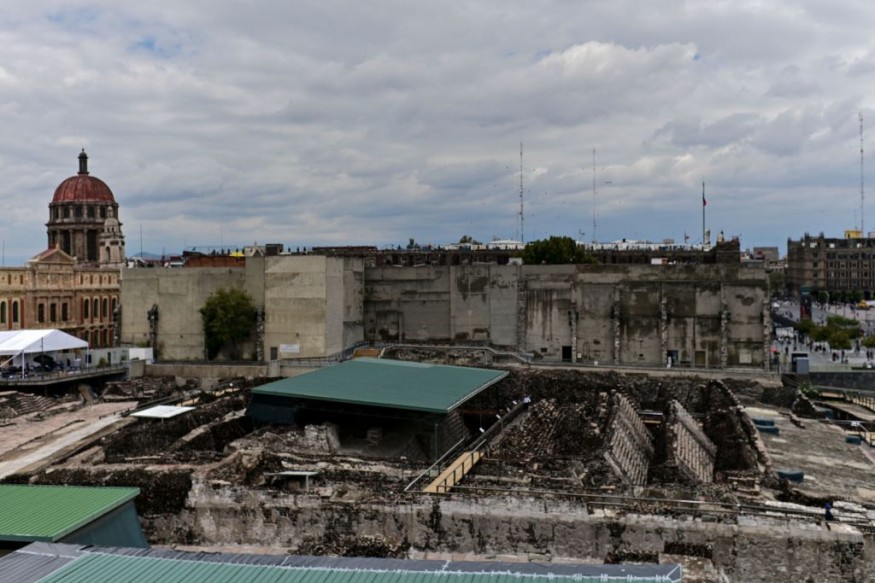Mysterious archaeological discovery in the old Aztec capital of Tenochtitlan had to be reburied or covered by archaeologists until an unknown time in the future, according to a report.
The site of the unusual find is located near Mexico City and the discovery in question was an archaeological monument first though to built by the Aztecs alone prior to the arrival of the Spanish fleet in Central America.
Reburying the Unusual Find

The economic cost against the impact of the novel coronavirus disease (COVID-19) have forced Mexican archaeologists to rebury the bizarre archaeological monument, which was a result of the combined testament of the architectural marvel with colonial and pre-Hispanic features.
The covering of the monument aims to protect it from damage, looting, or vandalization, The Associated Press reported.
In 2019, the National Institute of Anthropology and History (INAH) had announced that it found a flood control tunnel situated in the outskirts of Mexico City.
However, the archaeological team noticed that the tunnel, apparently built in the 1600s, was a product of Spanish construction techniques but with Aztec symbol carvings on it.
The report stated that the strange structure was inspired by an Aztec flood-control system called the Albarradón de Ecatepec, built in the 1400s to protect Mexico City and an island surrounded by lakes from periodic floodwaters.
After the Spaniards conquered the Aztec capital in 1521, the colonizers reportedly destroyed parts of the pre-Hispanic system capable of either mitigating or preventing floods during heavy rain.
Postponed Exhibit
The New York-based news agency company added that the institute supposedly planned to make an exhibit of the old tunnel.
However, the said economic impact of the COVID-19 pandemic since March 2020 to Mexico's lockdown measure costs, travel restrictions, and healthcare are the main reason the archaeologists had to rebury the tunnel and cover it with dirt until they have money in the future to exhibit it, the agency added.
After the World Health Organization (WHO) declared the COVID-19 as a pandemic in March 2020, Mexico initially imposed a nationwide lockdown for two months in June 2020, according to Medical X Press.
However, the domestic and international repercussion of the restrictions led to a post-lockdown economic degradation of the Central American country even a year after the discovery of the tunnel in 2019.
As a result, INAH archaeologists had to preserve the structure, which contained a total of 11 symbols, including visuals of a war shield, a bird of prey's head, and raindrops.
Non-Hispanic residents from the towns of Chiconautla and Ecatepec helped construct the Albarradón de Ecatepec, according to Science Alert.
The Aztec Civilization built an empire in what is now central Mexico only within a century, but it came to an abrupt end when Spanish conquistadors led by Hernando Cortes arrived in 1519; when it was reported that the Spaniards were looking for gold and gifts from the Mexica ruler, Motecuhzoma, according to the National Geographic Society.
© 2026 NatureWorldNews.com All rights reserved. Do not reproduce without permission.





